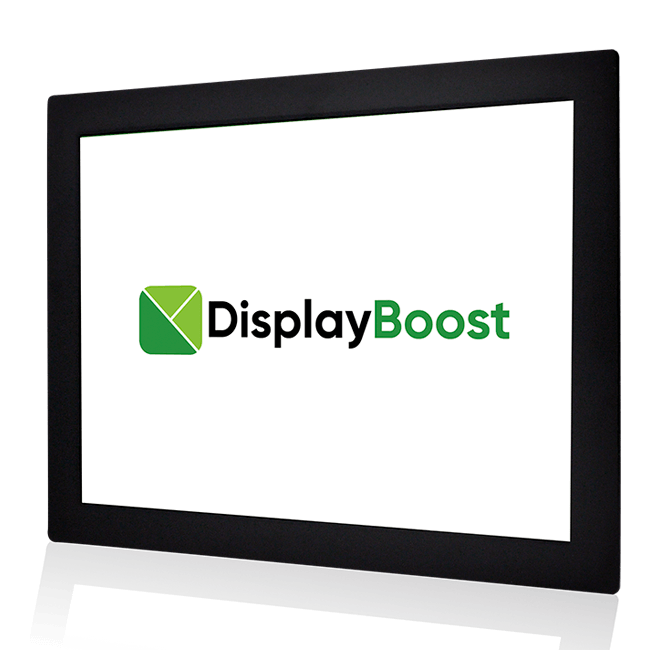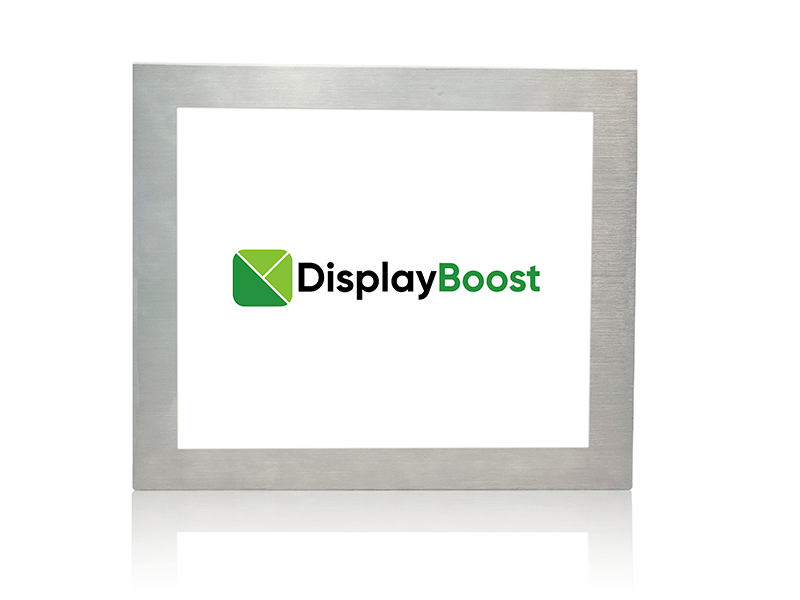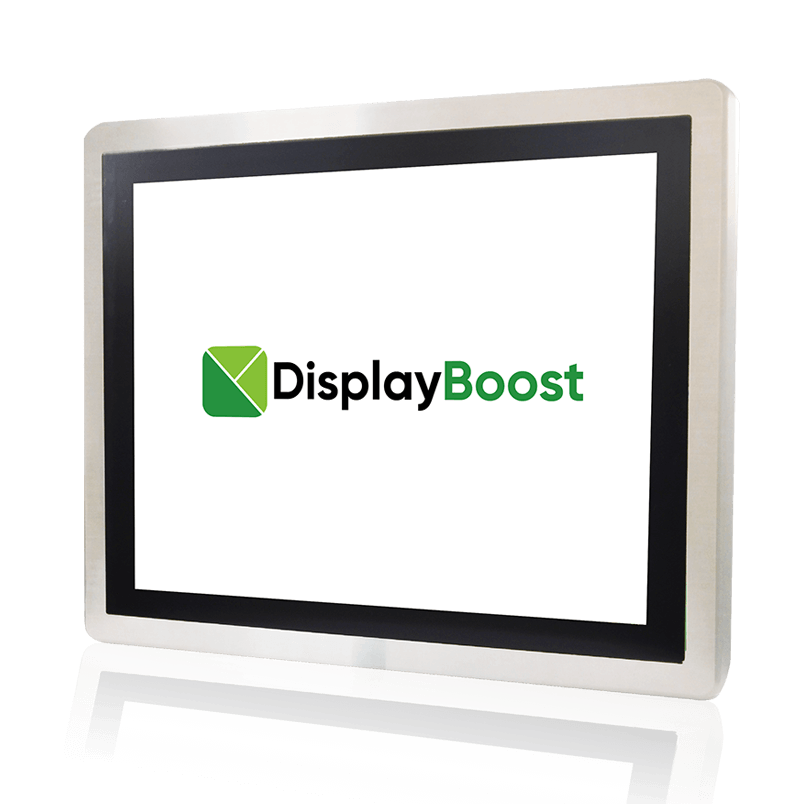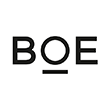Applications
Public Transportation

Easy-to-use, fully integrated, and visible under any lighting conditions. DisplayBoost’s high-performance touch sensors provide a smooth, straightforward experience for public transportation vehicles and display signs. Upgraded touch sensors make it easy for both drivers and pedestrians to find the information they need. Pull up maps, get real-time route information, and simplify ticketing.
The resistive and projected capacitive touch screens are enhanced with wide-ranging temperature operations and IP65 waterproofing which keep it functional in cold, hot, and wet weather conditions, so your LCD screen remains functional whether outdoors or indoors. Moisture, dust, and debris don’t stand a chance against advanced optical bonding technology. Air gaps found in traditional touch screens are eliminated completely, resulting in a clearer, more vibrant image that blocks outside materials.
The fanless enclosures further aid in sealing out debris while also reducing noise pollution. Industrial-strength, high shock components and cutting-edge mounting techniques prevent shocks and vibrations from negatively affecting your touch screen so it holds up even in high-traffic areas.
Breakthrough lighting features keep your screen readable whether even in direct sunlight. Anti-reflection film reduces internal reflections without scattering light, so your images stay sharp. The high contrast ratio and powerful LED backlights use green technology to deliver a high-quality image without the use of mercury or halogen. A specialized light sensor detects changes in ambient light and auto-adjusts the LCD/LED panel backlight brightness so you keep visibility without lifting a finger.
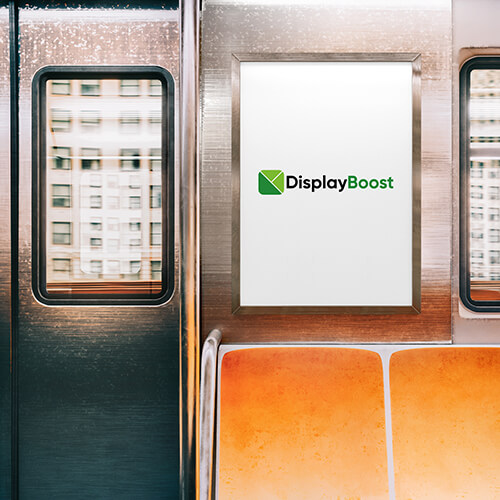
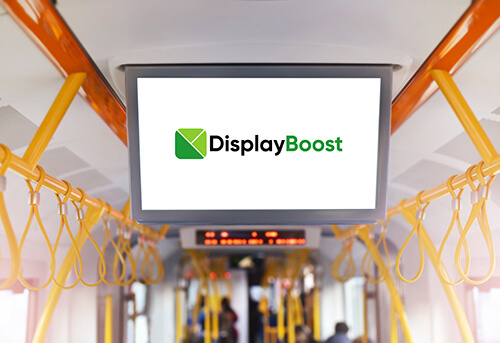
Core Technologies
Anti-reflection/ Anti-Glare Solution
Through the use of AR/AG film or glass to improve display legibility in all conditions is the most popular and easy way. Anti glare surfaces scatter light so that you do not see sharply defined reflected images or direct light sources, but AG effects can reduce sunlight readability. AR treatments reduce reflections without scattering light and thus allow more light to pass through the substrate, greatly increasing readability.
Brightness Enhancement
(Sunlight Readable)
Brightness enhancement is a well resolved image with high contrast ratio that doesn’t get washed out in high ambient lighting and direct sunlight.It’s both the minimization of internal reflections and upgrade the backlight system. It’s also the combination of techniques that work together to ensure optimum readability in very bright conditions.
Fanless Design
Low power and low heat LED backlights together with industrial grade components enable fanless enclosures required for low noise. dust free and sealed requirmentts.
High Contrast Ratio
A number of factors affect contrast ratio. The ambient light is the most obvious, but it starts with the type of LCD cell technology. we can significantly improve results by the use of different polarizers, light enhancement films and reducing internal reflections.
High Shock/Vibration
Conventional CCFL backlight displays and consumer displays suffer from shock and vibration problems that cause intermittent operation or complete failure. LED backlight and advanced mounting techniques give our displays considerably more shock and vibration resistance.
LED Backlight & MTBF 70,000 Hours
LED backlights in contrast offer high uniformity, long life, low EMI noise and high shock and vibration resistance. They also have the advantage of low power consumption and low heat output, factors that significantly improve reliability. Our LED backlights are all proprietary design using highly sorted, low variability multi-chip LEDs, and unique light guide design, for maximum light output, efficiency, and uniformity from edge to edge. Another advantage of LEDs is that they are a green technology, being inherently more efficient, and also mercury and halogen free.
Lower Power Cunsumptiomn
Led technology eliminates the need of high voltage inverters and have much lower heat output. DC power consumtion is further lowered by using matched, low varialbility, multichip and it consumes less power than AC CCFL lighting. nowdays green technologies and energy management, low power consumption is more important than ever.
Optical Bonding
Optical bonding is a technology that enables us to dramatically improve contrast ratio and display legibility in all conditions. A conventional display has an air-gap between the LCD cell and the cover glass; add a touch screen and there is another air gap. Every time there is an air-glass interface reflected light will reduce the visible contrast of the display. Optical bonding fills the air-gap to eliminate the air-glass interface and dramatically reduce the amount of reflected light. Our optical bonding technology can increase real world contrast ratio by 5 ~ 10 times. Optical bonding when combined with anti-reflective, or anti-glare glass and/or touch screens are a very effective method of improving display legibility even without increasing the brightness of the display. Conventional LCD displays can collect dust and condensation in the viewing area and due to the air-gap between the LCD cell and the cover glass. Optical bonding will eliminate moisture and dust problems, which is why optical bonding is standard on our marine line of displays.
Touch Screen
All our LCD displays can be specified with an intigrated touch screen. while resistive and projected capacitive touch screen are the most popular and appropriate for most application. we also offer other types touch screen as required cantrollers and drivers are provided with each touch screen for easy intigration to your systems.
Waterproof / IP rating
Many of our LCD displays can be `specified with waterproof or water resistant front bezels to IP65 standards. Certain designs can be made IP68 compliant suitable for full immersion underwater.
Wide Temprature Operation
Virtually most of our LCD displays are design for -40°C ~ +80°C operation with some capable of even highr temprature. extreme low temprature operation is available on request.
Wide Range DC Input
Many environments have variable quality power available so we have designed controllers that can accept from 9V~36V input with no effect on the efficient operation or long life of the displays.



